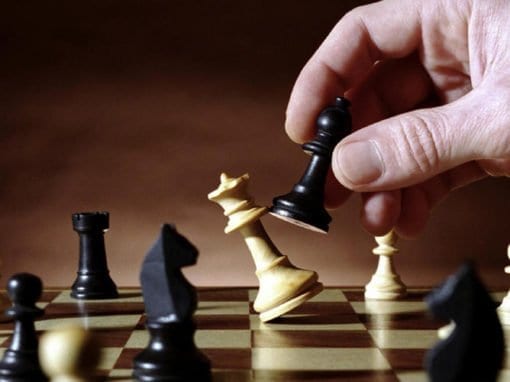Volleyball
Volleyball is a perfect choice for an extracurricular activity or a recreational activity. It is a versatile sport, ideal to be practiced by a large group of children, promoting their education and group work while having fun. To play volleyball you only need a ball and a net that divides the field into two parts. To play volleyball you only need a ball and a net that divides the field into two parts. Volleyball is a good sport for children to learn to work in teams, move and exercise quickly. Invented by physical trainer William G. Morgan in 1895, volleyball can be practiced at any time of the year, in indoor or outdoor spaces, in a gym, on a patio or even in the sand on the beach.
Each team consists of six players, who do not maintain physical contact between themselves, each occupying a position of attack, defense or blocking. In addition, being a sport with little physical contact, the injury rate is very low. To promote the ball in different game situations, various techniques are used; a child will learn to hit the ball avoiding its retention, drag or accompaniment. Words or positions within volleyball such as "serve", "finger touch", "forearm hit", "finish" and "block" are well known and used in volleyball matches, so the child will have to become familiar with them. The variety and amount of volleyball exercises are very broad, and its benefits are obvious.
In the case of very young children, mini-volleyball is suitable for this age and also for beginners to this sport. The only difference is that mini-volleyball is played in a smaller space, with a fewer number of players per team and the ball is lighter.

- Ability to combine rapid and response movements 80%
- Adaptation to situations that are continually changing 90%
- Automated motor skills (running, jumping, etc.) 100%
- Balance and control capacity 80%
- Motivation for integration, cooperation and teamwork 90%
- Physical resistance and concentration 85%














































